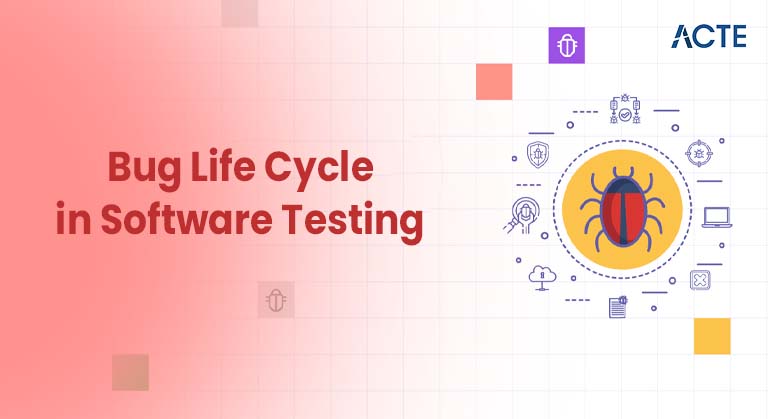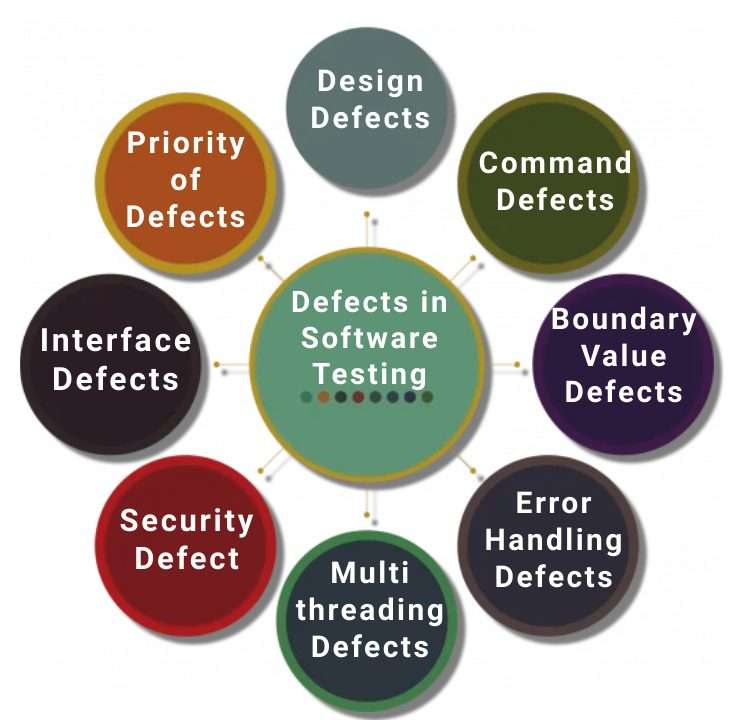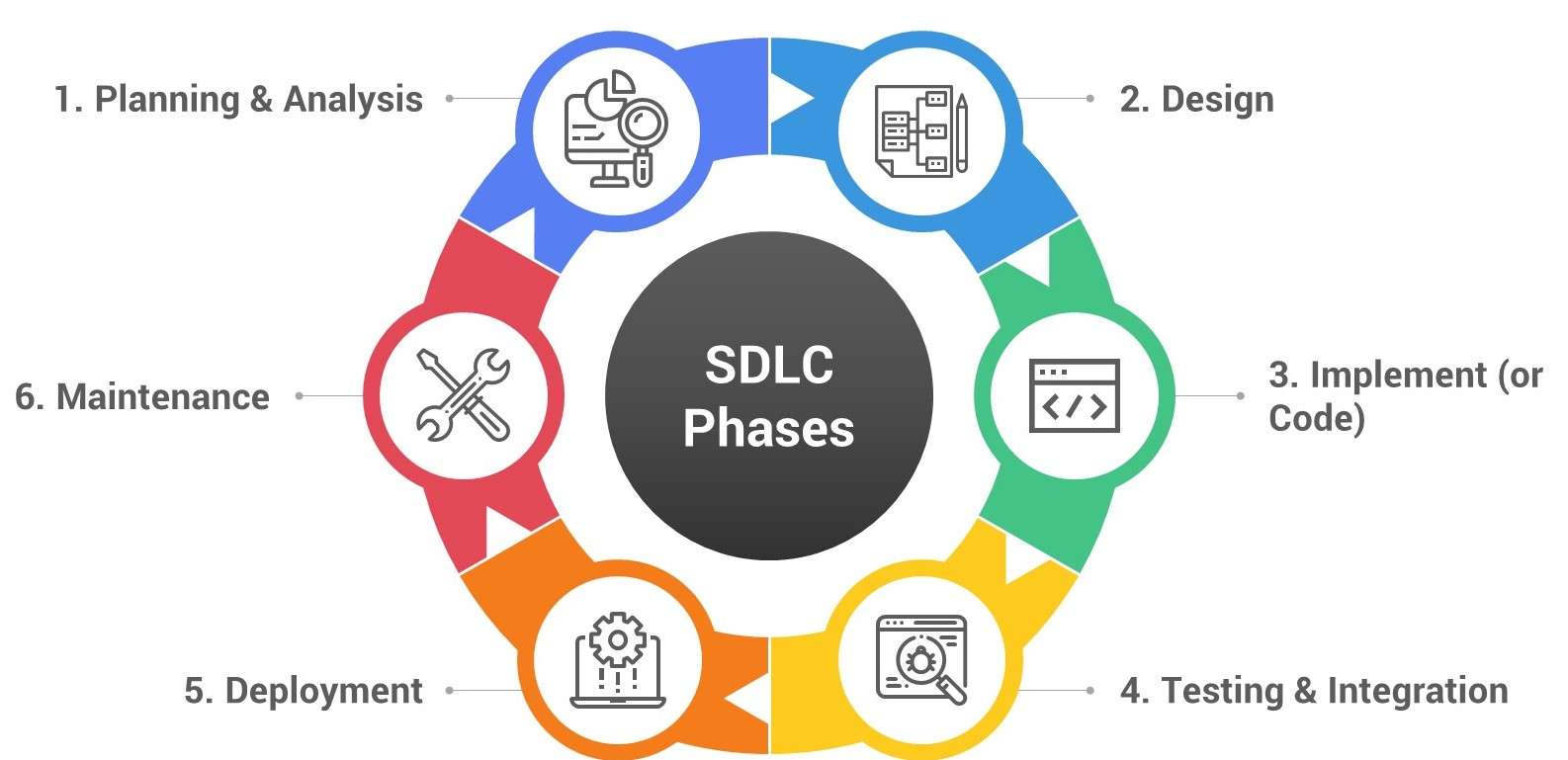
- Introduction to Bug Life Cycle
- What Is a Bug in Software Testing?
- Importance of Understanding the Bug Life Cycle
- Phases of Bug Life Cycle
- Statuses in Bug Life Cycle Explained
- Roles Involved in the Bug Life Cycle
- Tools Used to Manage Bug Life Cycle
- Best Practices in Managing Bugs
Introduction to Bug Life Cycle
The Bug Life Cycle in Software Testing plays a crucial role in ensuring the quality and reliability of software products. It refers to the sequence of stages a bug or defect goes through from its initial discovery to its final resolution. Effective Bug Life Cycle Management helps teams track, prioritize, and fix issues systematically, minimizing delays and maintaining product stability. The life cycle typically starts when a tester identifies a defect and reports it, after which the bug is validated, assigned, fixed by developers, retested, and finally closed if the issue is resolved. If not, it may be reopened and sent back for further analysis. In modern development environments, especially those using Agile methodology, managing defects becomes even more dynamic and iterative. The Defect Management Life Cycle in Agile Methodology involves continuous integration, rapid feedback, and close collaboration among cross-functional teams, making the defect tracking process more streamlined and efficient. Understanding the bug life cycle allows QA teams to enhance communication, reduce overlooked issues, and maintain transparency in the development pipeline. Overall, a well-defined bug life cycle ensures better control over the software quality process, reduces risk, and helps in delivering a polished, error-free product to end users.
Are You Interested in Learning More About Software Testing? Sign Up For Our Software Testing Certification Training Today!
What Is a Bug in Software Testing?
- Definition of a Bug: A bug is any deviation from expected behavior in a software application, often discovered during testing or use.
- Bug Reproduction: For effective resolution, testers must reproduce the bug consistently. Bug Reproduction involves detailing the exact steps that lead to the issue.
- Bug Cycle in Testing: The bug cycle in testing describes the stages a bug passes through from identification, reporting, fixing, retesting, to closure.
In software testing, a bug refers to an error, flaw, or fault in a software application that causes it to produce an incorrect or unexpected result. Bugs can occur due to mistakes in code, logic, or design, and identifying and resolving them is a critical part of software quality assurance. Understanding the Bug Life Cycle and how to handle bugs effectively is essential for delivering reliable software, especially in fast-paced environments like Agile. Here’s a breakdown of what constitutes a bug and key aspects of managing bugs:

- Managing Bugs: Efficient managing of bugs includes prioritizing based on severity, assigning responsibilities, and tracking progress.
- Agile Bug Life Cycle: In Agile, the Agile Bug Life Cycle is integrated within sprints, ensuring quick turnaround and continuous feedback.
- Importance of Documentation: Clear documentation during every phase of the bug life cycle helps improve communication, traceability, and accountability across teams.
Importance of Understanding the Bug Life Cycle
Understanding the Bug Life Cycle in Software Testing is essential for ensuring the delivery of high-quality and defect-free software products. The bug life cycle outlines the entire journey of a defect from identification and reporting to verification, resolution, and closure making it a critical component of the testing process. Clear knowledge of this cycle enables teams to track bugs efficiently, prioritize them based on severity, and streamline the overall debugging workflow. With effective Bug Life Cycle Management, organizations can reduce development delays, improve communication between testers and developers, and enhance the transparency of issue resolution. This is particularly vital in fast-paced development environments where early detection and quick resolution of bugs can prevent major setbacks. In Agile development, the Defect Management Life Cycle in Agile Methodology integrates seamlessly with continuous testing and feedback loops, allowing teams to identify and address issues in real time during sprints. Agile’s iterative nature demands a more adaptive and collaborative approach to bug tracking and resolution, making it even more important for team members to understand how bugs evolve throughout their lifecycle. Ultimately, mastering the bug life cycle empowers QA teams to contribute more effectively to software quality, user satisfaction, and overall project success.
To Explore Software Testing in Depth, Check Out Our Comprehensive Software Testing Training Course To Gain Insights From Our Experts!
Phases of Bug Life Cycle
- New: When a tester finds an issue, it is logged and marked as a “New” bug, awaiting validation by the QA lead or manager.
- Assigned: Once validated, the bug is assigned to a developer for resolution, initiating the active phase of managing bugs.
- Open: The developer begins analyzing and fixing the issue, with focus on proper bug reproduction to ensure the problem is fully understood.
The Bug Life Cycle represents the systematic process a software defect follows from its initial discovery to its final resolution. Each phase plays a crucial role in identifying, tracking, and resolving issues efficiently. Whether in traditional testing or within an Agile Bug Life Cycle, understanding these phases is key to effectively managing bugs and maintaining product quality. Below are the six main phases of the bug cycle in testing:

- Fixed: After applying a fix, the developer updates the status to “Fixed,” indicating the bug is ready for retesting.
- Retest: The QA team retests the bug using the documented steps to confirm whether the issue has been resolved.
- Closed or Reopened: If the bug is fixed, it’s marked “Closed.” If not, it is “Reopened,” continuing the bug cycle in testing, especially important in fast-paced Agile Bug Life Cycle processes.
- Tester / QA Engineer: Responsible for identifying, reproducing, and logging bugs with detailed documentation, and for verifying fixes during the retesting phase.
- Developer: Reviews assigned bugs, analyzes the root cause, applies the necessary code changes, and marks the bug as fixed after resolution.
- Project Manager / Scrum Master: Oversees the entire defect workflow, prioritizes bugs based on business impact, and ensures smooth Bug Life Cycle Management across teams.
- Product Owner: Reviews high-priority bugs, aligns them with business requirements, and decides whether a bug should be fixed in the current or future sprint.
- Business Analyst: Helps clarify requirements when bugs are related to misunderstandings or gaps in functional specifications.
- End User / Client (in some Agile teams): May report bugs during UAT (User Acceptance Testing), contributing to the Defect Management Life Cycle in Agile Methodology with real-world insights.
Statuses in Bug Life Cycle Explained
In the Bug Life Cycle in Software Testing, a bug passes through several statuses that help teams monitor its progress from discovery to closure. Understanding these statuses is critical for effective Bug Life Cycle Management, as it ensures clear communication and accountability throughout the testing process. Common statuses include New, where a bug is initially reported and awaits validation; Assigned, where it is allocated to a developer for fixing; Open, indicating active investigation and resolution efforts; and Fixed, signaling that a solution has been implemented. After this, the bug enters the Retest phase, where QA verifies the fix. If successful, the status changes to Closed; if the issue persists, it is Reopened for further analysis. Additional statuses like Deferred, Duplicate, or Rejected may also be used based on project needs or business priorities. In the context of Defect Management Life Cycle in Agile Methodology, these statuses become more dynamic and flexible, aligning with the sprint-based structure and continuous feedback loops of Agile practices. Accurate tracking of bug statuses ensures that no issue is overlooked, helps prioritize fixes efficiently, and supports overall quality assurance. Ultimately, mastering these statuses within the bug life cycle helps streamline workflows and delivers more stable and reliable software.
Want to Pursue a Software Testing Master’s Degree? Enroll For Software Testing Master Program Course Today!
Roles Involved in the Bug Life Cycle
The Bug Life Cycle in Software Testing involves various roles working collaboratively to identify, report, track, and resolve defects throughout the development process. Each role contributes to efficient Bug Life Cycle Management, ensuring that issues are addressed systematically and software quality is maintained. In the Defect Management Life Cycle in Agile Methodology, these roles are even more interconnected due to iterative development and continuous feedback. Below are the key roles involved:
Tools Used to Manage Bug Life Cycle
Managing the Bug Life Cycle effectively requires the use of robust tools that help teams track, assign, and resolve issues in a streamlined manner. These tools are essential for maintaining transparency, improving communication, and ensuring that no bug goes unnoticed or unresolved. Popular tools like JIRA, Bugzilla, MantisBT, Redmine, and Azure DevOps support the complete bug cycle in testing, from reporting and prioritizing to verification and closure. In Agile environments, where the Agile Bug Life Cycle demands speed and flexibility, these tools integrate seamlessly with sprint planning and continuous delivery pipelines. They allow testers to log detailed bug reports with step-by-step bug reproduction scenarios, screenshots, and logs, making it easier for developers to diagnose and fix issues efficiently. Additionally, these platforms offer real-time dashboards, customizable workflows, and collaboration features that simplify managing bugs across distributed teams. Most tools also support automated notifications, role-based access, and integration with source control and CI/CD systems, ensuring smooth transitions between development and QA phases. By leveraging these tools, teams can gain better control over the Bug Life Cycle, reduce time-to-fix, and ultimately deliver more stable and reliable software products
Best Practices in Managing Bugs
Effective bug handling is essential for delivering high-quality software, and following best practices in Bug Life Cycle Management ensures a structured and efficient approach to defect resolution. One of the key practices is maintaining detailed and clear bug reports that include steps to reproduce, screenshots, expected vs actual results, and environment details. This helps developers quickly understand and resolve issues. Prioritizing bugs based on severity and impact is also crucial, allowing teams to focus on critical defects first. In the Bug Life Cycle in Software Testing, it’s important to follow each phase consistently from identification and assignment to verification and closure to maintain traceability and accountability. Regular communication between QA and development teams further enhances the efficiency of bug resolution. In Agile environments, the Defect Management Life Cycle in Agile Methodology promotes continuous integration and rapid feedback, so bugs should be addressed within the sprint whenever possible. Using bug tracking tools, setting up automated notifications, and conducting regular defect triage meetings also contribute to smoother bug management. Finally, documenting lessons learned and tracking recurring issues help prevent similar bugs in the future. By following these practices, teams can optimize their workflow, improve product quality, and ensure a more predictable software delivery cycle.



